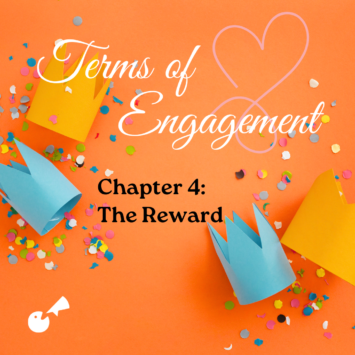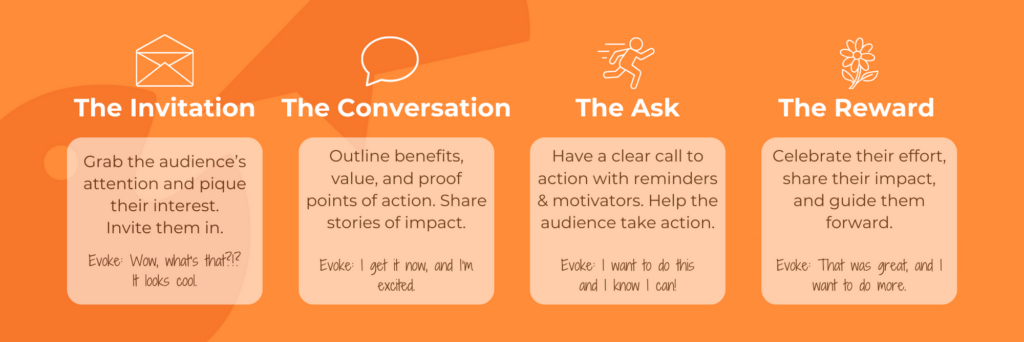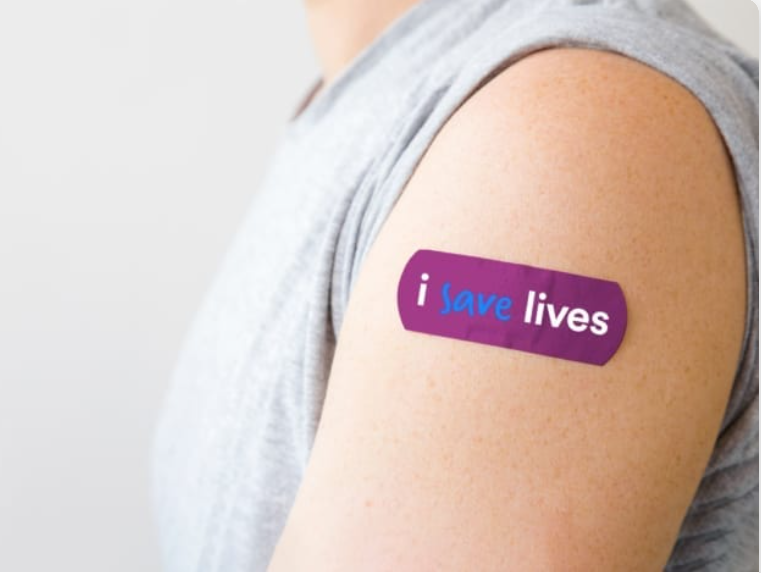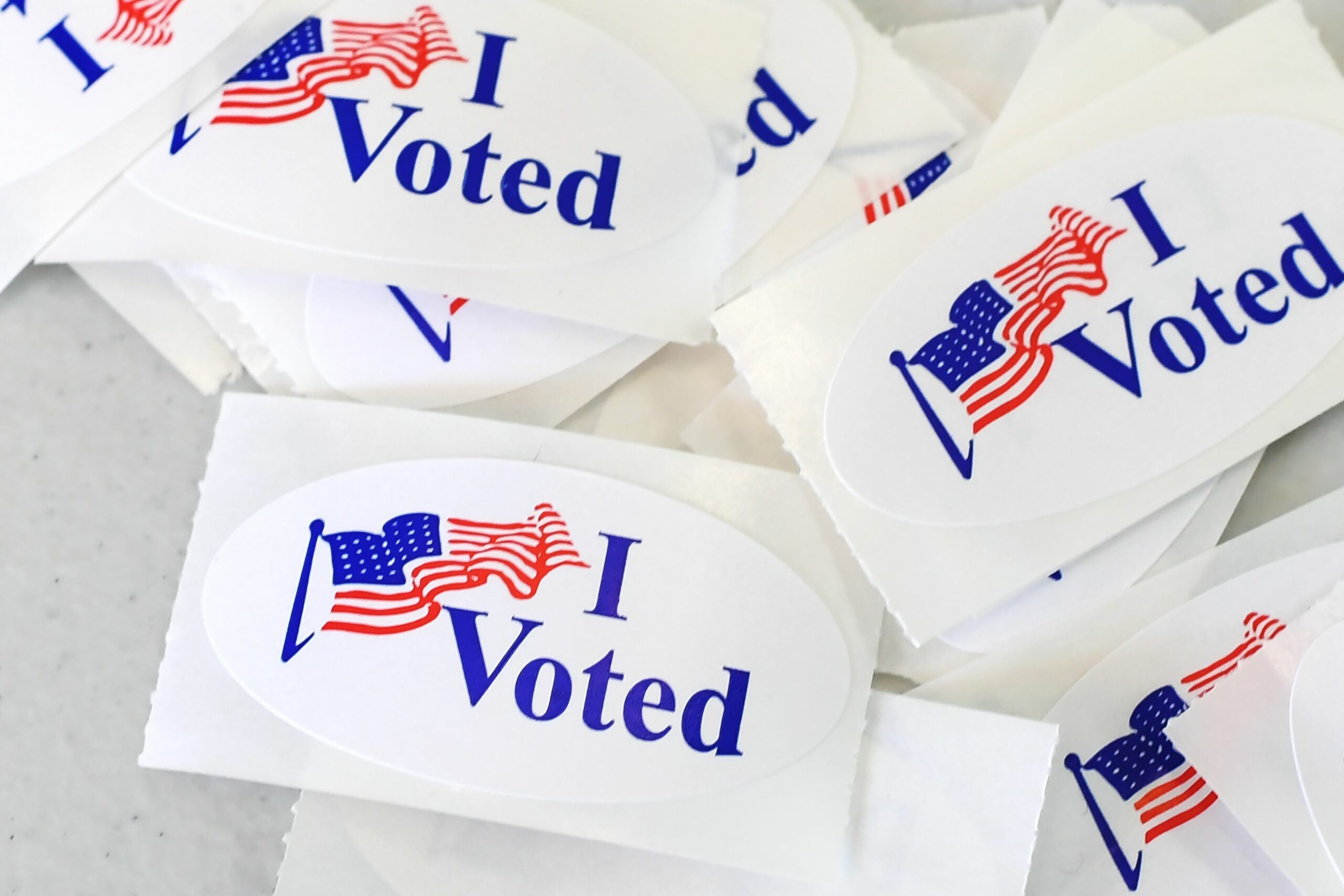
Terms of Engagement: Chapter 4, The Reward.
Terms of Engagement continued.
Welcome back!
In this series, we’re walking through outreach stages where we deepen the connection and engagement with the audience as they continue along their journey of change.
In the previous posts, we covered Chapter 1 on extending an invitation to join our efforts and Chapter 2 on engaging the audience in a deeper conversation. The third chapter focuses on supporting the audience in taking action.
-
Chapter 1: The Invitation.
-
Chapter 2: The Conversation.
-
Chapter 3: The Ask.
-
Chapter 4: The Reward (this post).
Wait. Aren’t we done here?
Too often, our engagement efforts end at the Ask stage. We successfully encourage the audience to take action, check the box—DONE, and move on to the next person or project.
But that leaves us in a cycle of adding more and more people to the top of the funnel without recognizing that audience members who have already started or completed the Ask are hugely valuable to sustaining and growing our effort.
If we stop our outreach before this final chapter, we miss a critical opportunity to retain the audience’s attention and deepen their engagement with the cause.
Chapter 4: The Reward.
This step doesn’t exist in the original AIDA model. It’s the most commonly added component in the gabillion iterations of the framework because advertisers also recognize the lost benefits of not keeping audiences engaged, even after they’ve taken the desired action.
Corporations tend to think of this stage as Loyalty. Their goal is to have the brand be the consumer’s number one choice, to the point where they don’t even consider buying any other brand.
Loyalty is often secured through delivering quality products that get the job done (e.g., your preferred laundry detergent), convenient and efficient services you don’t want to live without (e.g., Amazon Prime), and benefits that increase when you buy that brand (e.g., Hilton Honors reward points).
Rewards and loyalty look different in the context of motivating action for the planet. Our goal in this stage is to help the audience feel good about what they’ve accomplished so they are more likely to repeat the action, tell others to take action, and try leveling up their personal efforts.
Different types of rewards

No, not those types of rewards.
Some people naturally feel a “warm glow” after doing something good for the planet, which becomes a reward in itself.
But since we invited the audience into this journey in the first place, we should do our part to celebrate and validate their efforts. It’s akin to thanking someone for taking the time out of their day to come to your party.
Speaking of which, a Thank You message goes a really long way!
Thank you for signing the petition.
Thank you for joining the webinar.
Thank you for raising funds for our organization on your birthday.
Thank you for taking the first step towards a more sustainable future.
It all adds up to: we see you, and we appreciate you.
Provide the audience with a symbol of success.
These can be small tokens like ‘I voted’ stickers, special band-aids for Flu or COVID shots, and profile frames to use on social media.
Symbols serve double duty. They help our audience feel a sense of validation and accomplishment, but they also provide a helpful dose of social proof that encourages others to do the same. Symbols can be especially powerful during time-bound requests, like blood drives.
In 2023, the Red Cross gave out these Snoopy shirts to anyone who donated blood. It helped drive visibility and interest in donating blood after a period of low donation numbers and served as a cool badge of honor for those who followed through.

But a caveat: Creating something this popular may raise the bar for future events, so plan your budgets accordingly!
Show proof that their individual actions lead to a collective difference.
There’s growing cynicism these days that individual action isn’t enough. Certainly, one person can’t create systemic change by themselves, but we can’t achieve collective action without a lot of individuals contributing to the cause.
Therefore, it’s important to share the impact and outcomes as often as possible, even if you haven’t reached the ultimate goal yet, to retain optimism among the audience.
You can do this by showcasing how many people have taken action, how it’s making a difference, and what the organization plans to do next to keep the momentum going.
Guide the audience to the next step.
Ok, they did the action. Now, what can they do? Sure, it may involve sharing the effort on social media and with their friends, but what else?
If we successfully validate and reward the audience, then they likely have the energy and enthusiasm to do more. Planning ahead for the next steps they can take means you won’t leave the audience hanging in this crucial moment.
These articles I wrote last year about planning a project’s next steps can provide additional ideas for keeping the audience engaged.
- The helpful behavior change guide is ready to download. What’s next?
- The stakeholder meeting just ended. What’s next?
- The petition has launched. What’s next?
Well, that’s a wrap!
We covered all four stages of the beta version of this engagement framework, which aims to deepen our connection and engagement with the audience as they travel through the journey of change.
I hope this helps break the process into more manageable chunks so it’s less daunting and overwhelming than starting with a blank sheet of paper.
Please reach out if you have ideas, thoughts, and feedback on how I could improve this framework.





